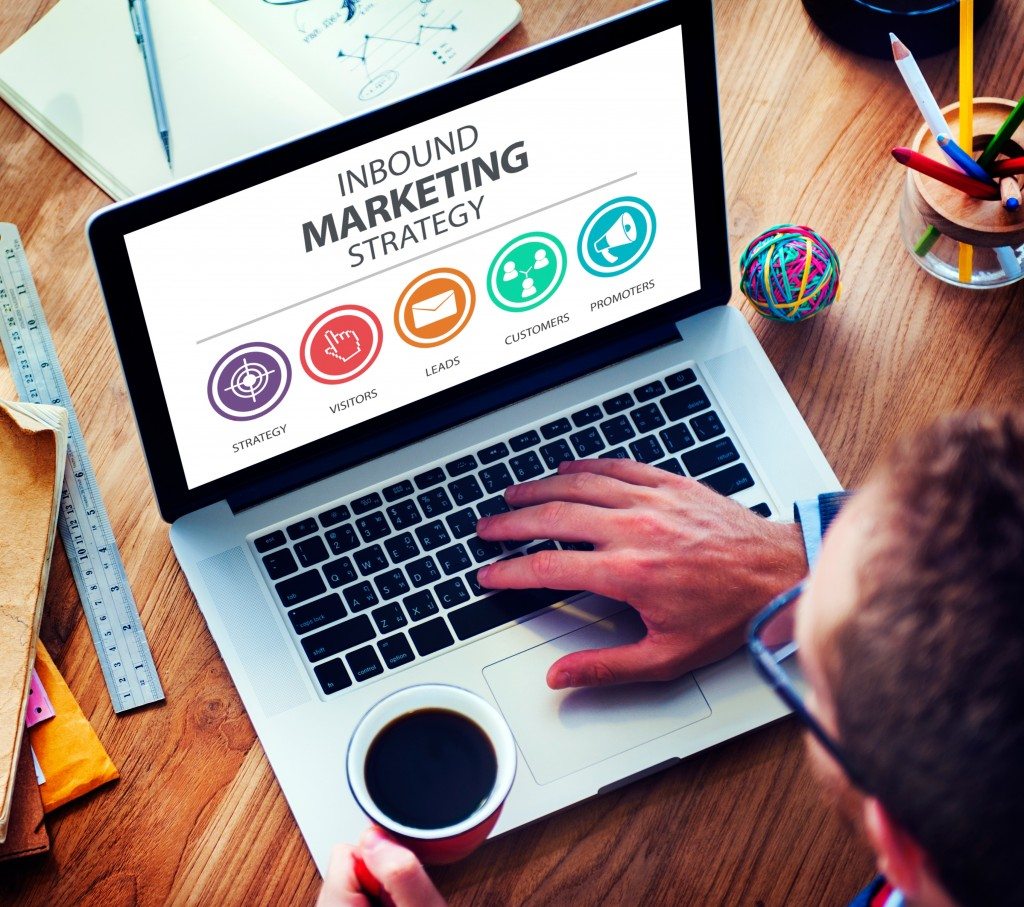Over the past several years, the ways your customers (and potential customers) learn about products and make purchasing decisions have changed dramatically. Instead of waiting for product information to come to them through advertisements, direct mail or other means, they have begun taking the initiative and researching online for products and services that fill a need or solve a problem.

Inbound marketing plays right into this shift in customer behavior by providing customers the valuable content they desire when they need it. In this strategy, companies draw prospects in organically through a combination of search engine optimization (SEO) and content aligned with customer interests, such as social media, blogs, videos, and white papers. Customers consume this content and often return for more, allowing companies the opportunity to not only make sales, but also build lasting customer relationships.
How does it work?
- Attract
For too long, marketers emphasized the quantity of website traffic and viewed traffic quality as secondary. Now your focus should be squarely on driving high quality traffic to your website. Create engaging content that solves a customer need and make it easy to find by optimizing your SEO to the keywords your customers are most likely to search, attracting visitors who are interested in your product offerings and likely to purchase from you in the future.
- Convert
Once a high value visitor is on your website, you will want to convert them into a lead by encouraging them to identify themselves. To do this, you need to offer them content of high value in order to “barter” for their identity. This content can take many forms, such as articles, e-books, white papers or videos.
- Close
Since prospects are researching products on their own schedules, you will need to nurture them to the point of a sale by providing them the right pieces of content at the right time. Your nurture strategy should be as personalized as possible. Customers value personalized communications and tend to ignore impersonal ones.
- Delight
Once a lead has become a customer, it is important to make sure they have a great experience with your brand. Build their loyalty by continuing to communicate with them after the sale. Customer loyalty leads to future sales and even referral business, continually feeding your sales funnel.
How can inbound marketing benefit your business?
1. Save money over outbound marketing strategies.
By focusing your resources on the development of excellent content rather than purchasing expensive media placements, you can realize significant savings while improving your ROI. Additionally, you can repackage the engaging content you develop into many different forms, paying dividends for years to come.
2. Increase the quality of your web traffic and sales leads.
Visitors that arrive at your site organically are more likely to develop into customers than those who simply clicked on your ad. By drawing in customers with valuable content and providing them with insights, tips and answers to their questions, you are far more likely to receive the type of website traffic that results in leads, sales and referrals.
3. Build trust with customers
Creating a regular flow of educational and relevant content will help you develop relationships with your customers and position your company as a leader in your industry. When your audience views you as a trusted authority in your industry, they are far more likely to reach out to you when they are ready to buy.
Ready to transform your business’s marketing & increase your efficiency? We know an agency…

